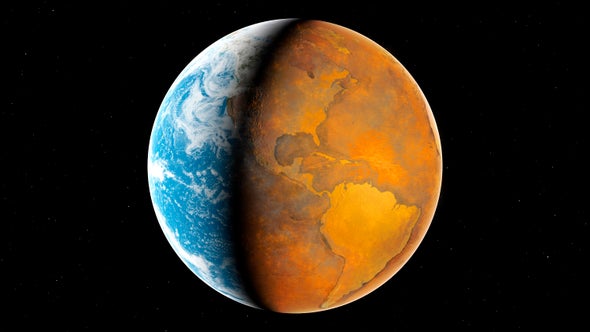Europe is a subcontinent (generally considered a continent for historical reasons), the western portion of the Eurasian land mass. It extends from the Atlantic Ocean, east to Greece, along the northern edges of the Black and Caspian Seas, and east to the Ural Mountains. The Urals are the ancient suture between the prior continents of Baltica and Siberia, now spanned by the single country of Russia.
Political map of Europe.
Europe is composed of fifty countries, and covers about 10.18 million sq km/3.93 million sq mi, with a population of 746 million people. Remains have been found in Georgia dating back 1.8 MYA of Homo erectus, the first known hominin in Europe. Later fossils appear throughout the continent, including Neanderthals roughly 150,000 years ago and Cro-Magnons—Homo sapiens--40-80,000 years ago. Europe has been continuously inhabited, if unevenly, from prehistoric into historical times, befitting one of the major cultural provinces of the planet. What we term “Western civilization” originated in Europe.
Physical map of Europe.
Modern industry and capitalism originated in Europe, first with the seafaring age of discovery, and then with Industrial Revolution, when the discovery of coal as a power source led to the age of machines and fossil fuels. Cultural, ethnic and religious differences have helped produce centuries of war among these technologically advanced nations. The pause of seven-plus decades of peace after World War II has been broken, and it remains to be seen if the current state of war will be isolated or protracted.
Polar amplification. Note similar trend across northern Eurasia.
Climatically Europe ranges from temperate semi-arid to Arctic tundra, extending from 35° to 72°N, and including many mountains of well over 3,000 m/10,000 ft, as well as some of the world’s major rivers, including the Seine, Rhine and Danube. With respect to global warming, the phenomenon of Arctic intensification (or polar amplification) has been known for some time, where the Arctic region has been warming two to four times as quickly as other parts of the planet. Europe is included in this, along with the rest of the northern Eurasian landmass.
Europe by satellite at night.
Tomorrow: the Industrial Revolution.
Be brave, and be well.










No comments:
Post a Comment